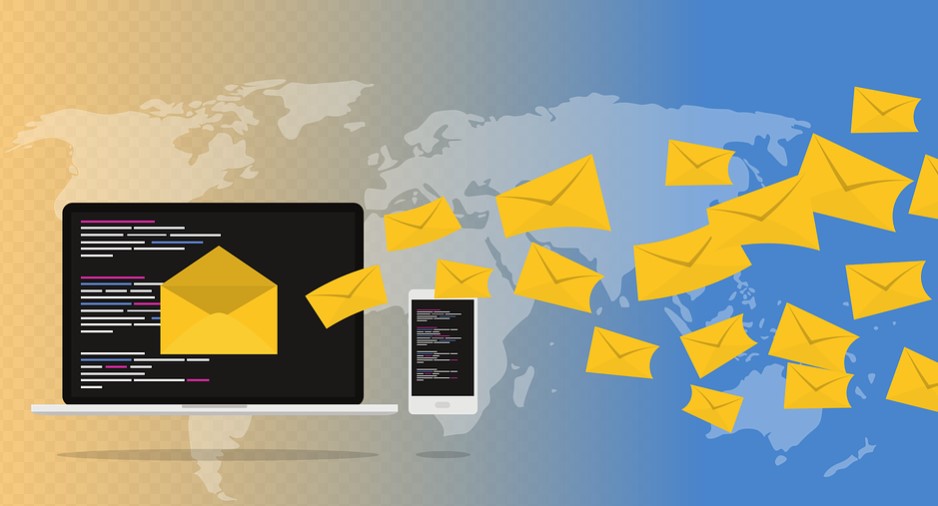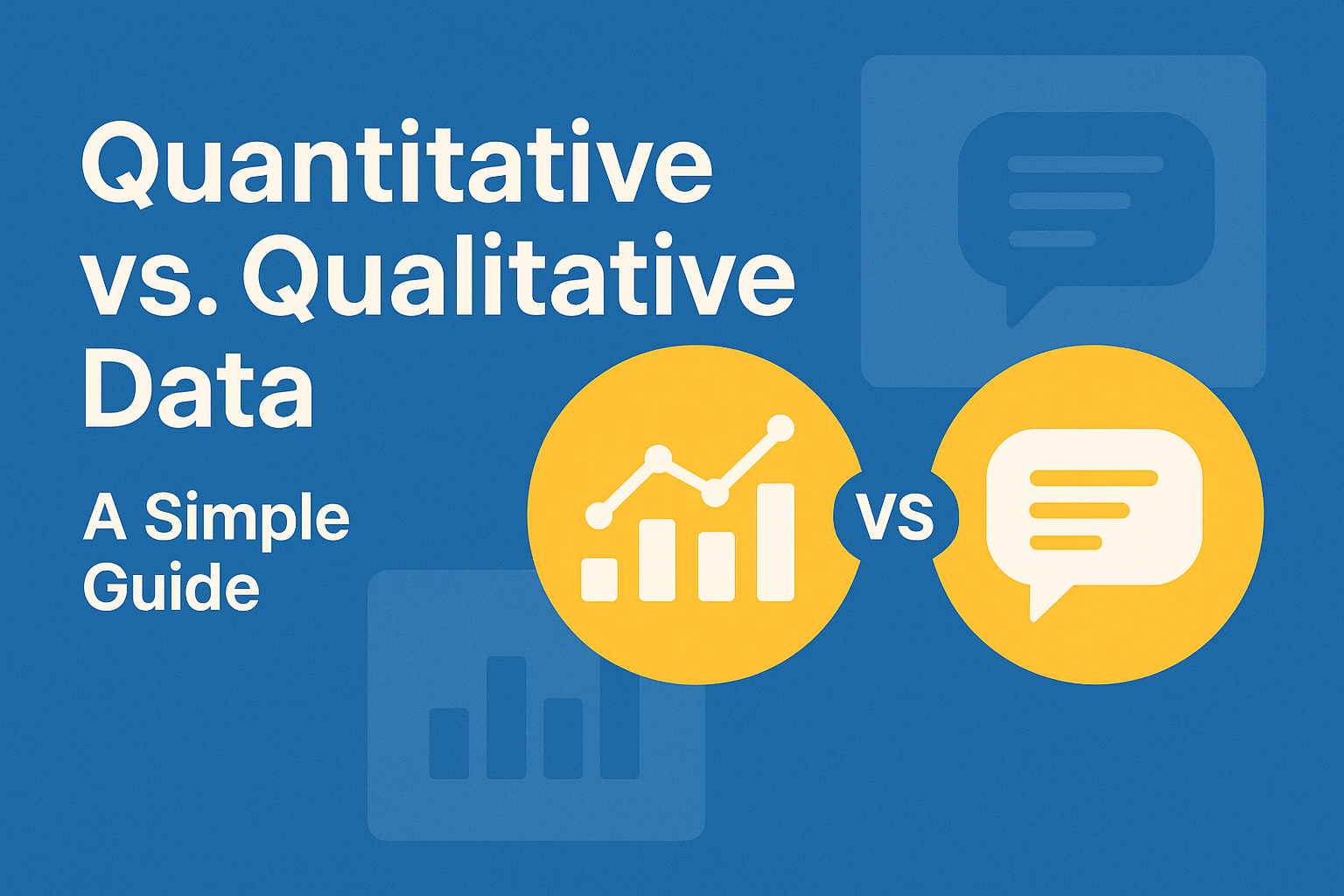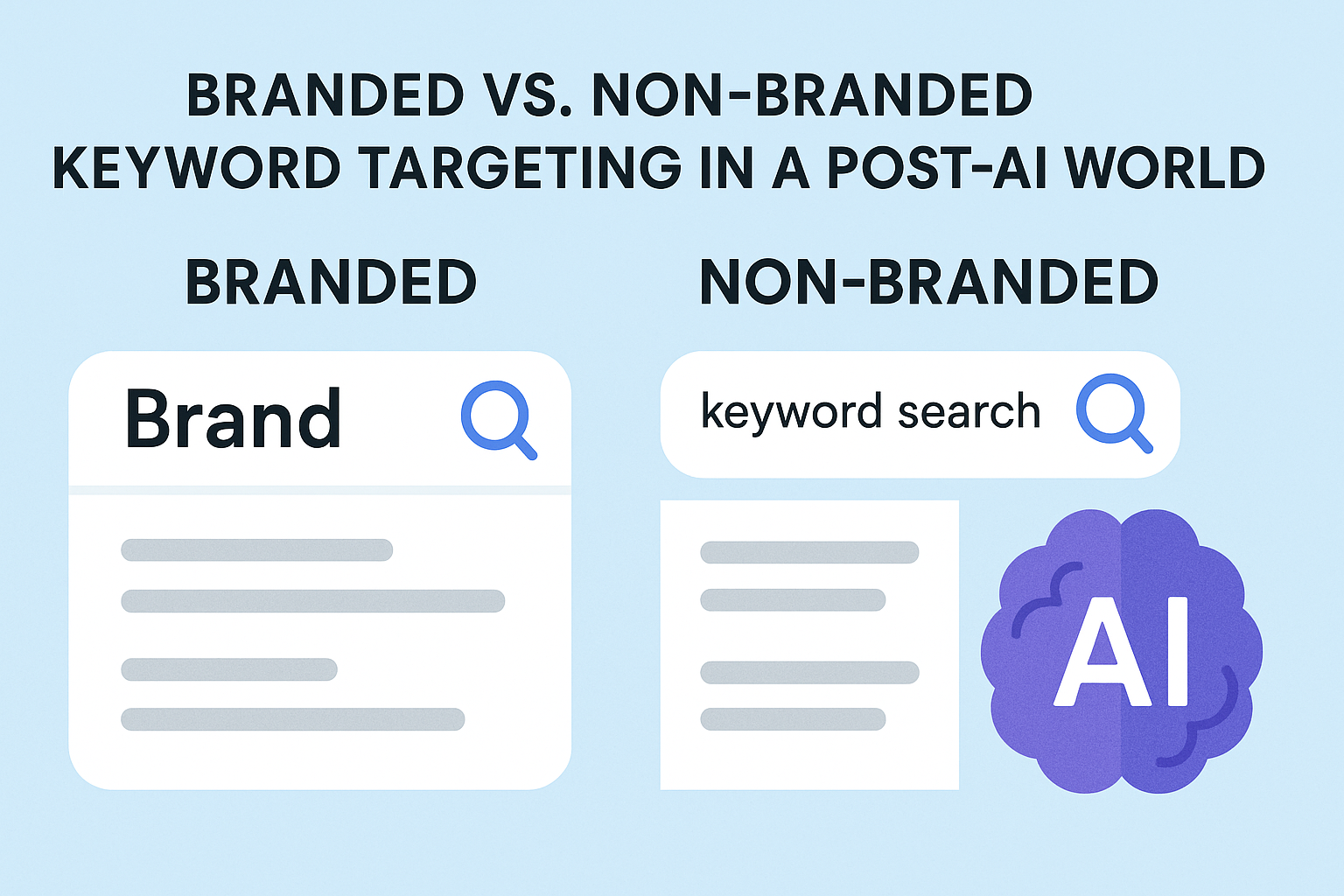Email marketing is one of the oldest techniques of digital marketing. Some people believe that social media has swallowed up the space of email marketing. But it is not so, email marketing can still give 3 times more ROI than other social media marketing. Despite being old marketing techniques, the graph of email transactions seems to be increasing day by day. According to a report, about 319 billion emails were exchanged in 2021, which was 269 billion in 2017. Apart from all this, email is still working as the most professional and trusted channel of business. Whether to promote a product or service or send a CV for a job. Some people make mistakes while creating email marketing campaigns and call this marketing technique wrong. Usually, the marketer makes a mistake, but in an email marketing campaign, if the marketer makes a mistake, the company has to pay the cost in the form of no return of investment.
Today we are going to tell you about 10 such points that you will be able to set up a great email marketing strategy by implementing in your email marketing campaign. let see one by one:
1. Set your Campaign’s Goal
Goal Setting is a fundamental step of any email marketing campaign. It helps guide you in the direction you need when you understand the key goals of your email marketing campaign. At the same time, it becomes much easier to measure the success of your efforts. When you’re setting an email marketing goal, ask yourself these four things.
What will your campaign give in return?
Who is your customer?
How do you measure success?
The answers to these questions will become a backbone in your goal deciding process and will make your email marketing campaign much easier.
What will your campaign give in return?
Why are you looking to run an email campaign? Do you want to increase your sales? Do you want to increase the registration of an event? Or you want to launch a new product. Ask such questions before starting the campaign With the help of these questions you will be able to identify your core qualities. Simultaneously, you will be able to define your audience as well. It also helps you to choose the call to action. Let’s say your campaign is to increase sales, then your call-to-action might be “Shop Now”.When your goal is clear, it will be easier for your customer to take action. This does not mean at all that you cannot add other links to the campaign. But keeping in mind the core of the campaign, one should work towards the goal.
Who is your customer?
Target your customers in the goal-setting Set up a campaign for a single segment of customers. If your campaign is targeting prospects, then your email list should have prospects. You should not have any old useful users in them. If this happens there is a chance that he may not be your permanent customer. Try to understand how your audience interacts with your campaign, that is, through the type of electronic device they are connected to your campaign. For example, suppose if most of your customers use mobile then you should think about mobile-responsive email design.
What consumer gets?
If your customer takes action on your mind then you know very well what benefit you will get from it but at the same time, you also have to understand what is the benefit to your subscriber. To build a relationship with your customers, you must think about their benefits. See yourself as a customer and ask yourself what benefit you can get through that email? If you see any kind of benefit, then the chances of your campaign being successful increase. For example, if you are running a registration email campaign for a virtual business event, then from the point of view of a customer, what kind of knowledge will he be exposed to and what type of people will he meet after registering in it? After answering this question you will get a lot in writing campaign content.
How do you measure success?
In the above 3 steps, you have well-defined your target and target customer. Now you have to measure the advantages and disadvantages of the action taken by them. This can be the most important part of your campaign goal. It’s time to know the metrics leading to your goal so that you can work on them and optimize your ROI. Open rates and clicks are two of the most popular ways to measure email campaign success, but they are unable to show whether a goal was achieved.
2. Optimize your Email setting
Email settings mainly consist of 4 elements.
Campaign Name – Software is used to execute email marketing The campaign name is the identity of your party email campaign saved in the software.
Sender Name – This is the name that is visible to your customers. It should be very clear so that your customers can understand where the email has come from. The sender’s name should always be in your company name.
From Email – This is the same mail address from which you send an email to your customer, it is visible to your customer and they can also reply to it.
Email reply- It is very important to answer any query or query of the customer from time to time. Also, it refers to the email address from which the customer can connect with you.
3. Short but smart content
No one wants to read promotional emails in their busy schedule. But if your email is short and attractive, then once the human eye falls on it. You should design your email in such a way that in just a few words you can say what you want and can deliver the message you think to your customer. A long e-mail is of no use, as no customer ever reads it in its entirety. We divide the content of email marketing into two parts, the first is the subject and the second is the body part.
Subject writing- The subject is the most highlighting content of your marketing email campaign. There are some rules for writing it as a good subject should be within 50 characters. If your subject exceeds 50 characters, then it will not automatically put the customer to sleep, which will spoil the impression. To decide the subject, make a list of at least 10 subjects and discuss with your campaign team and select any one of them. By doing this you can get the best customer attraction.
Body Content- Body content is the most important part of your email marketing, whether you are writing 50 words or 500 words it must align with your marketing goal as well as must add your call to action in your body content.
While writing content, take special care of grammar and use tools like Grammarly to fix mistakes as well as make sure that your content is 100% unique. After checking grammar and uniqueness, write your content in the style of your company. Also, keep in mind the company’s specific color and font.
4. Don’t miss CTAs
No matter how good email content you have written, if you do not show the path of the process to the customer, then that content and email are of no use. So be sure to use a call to action in email campaigns. The call to action should be very simple and visual so that the customer can easily reach your landing page. Understand the needs of your prospect and choose a call to action based on that.
Note: Make sure your call to action and landing page is mobile-friendly as a large majority of your clients check your Gmail on mobile
5. Personalization
Mail marketing comes in the old-fashioned marketing which may not attract your customers in the very best way. But when you add your email marketing personalization then it can prove to be very good for you. More than 55% of the customers prefer to buy goods from a company known by the company name. This is a huge indicator that you should be using a personalization email.
What could a personalization email be? “Hey Raghav, we have the best discount for you”.
Interference Your Customers Interference makes your old customers and customers feel that you care about them. You can demonstrate this by offering them some content tailored to their interests
6. Set a Frequency
If you are sending sorry mail to only one person in 1 day then you are doing wrong. It has been found from much research that more than 57% of people mark the emails sent by the sender as spam when they are sent. So sending an email at a minimum frequency is the best option for you.
7. Avoid being spammy
No human wants a flood of emails in their email box. You send only those emails which are necessary for them or send only the things of their interest. If you send them irrelevant emails, it could cause them to unsubscribe. After understanding the behavior and interest of the customer, send related emails to them so that you can determine which frequency is best. If you’re sending a productive adopt or upsell campaign as a guide, you can send up to 3 emails in 1 week. But if you are sending a customer acquisition campaign send only one email in 1 week.
8. Review content and links
You have created the email template and now your email is ready to launch. Just wait, it is very important to revise the email once before launching it. Because the chances of making small mistakes are very high and a small mistake can spoil your campaign. So check the content of the email, check the link. While checking the content of the email, keep a close eye on spelling errors, grammatical errors, readability, length, mobile responsiveness, font color, message, etc. as well as cross-verify social media links, calls to action, and other external links.
9. Prepare your Email list-
To whom is the email sent? It is very important to know that you are running an email marketing campaign for some customization of a bakery.
Ask yourself to whom will you send the e-mail? Whose birthday is gone or whose birthday is about to come? You need to consider whether you are sending emails to those who need you or are blasting the normal email list. If you send an email in the right direction you will generate a very high ROI. Prepare and analyze your email list then blast email.
10. Track your campaign
Accountability is a core part of any business or marketing campaign. Be sure to analyze your data to determine the success or failure of your campaigns. Open rate analyzes your subject line effectiveness in email campaigns. That same click-to-open rate determines the effectiveness and efficiency of your content.
“Open rate” is the percentage of people who opened the email to the total number of recipients, while the “click to open rate” is the percentage of people who opened the email and clicked on your call to action.
Be sure to keep an eye on their email accounts who take any kind of action through your email. Click-through rate is not the best indicator of the success and failure of your campaign. Using Click to Open Rate, you can check the details of all the images who opened your email and wanted to know more about you. Because it calculates the click percentage based on all the people to whom you sent and not the people who opened your email. This means that people who did not open your email will not be included in this metric. Every email marketing strategy has its approach to measuring campaign success and failure.
These few points can be used to create a great email marketing strategy. Hope you enjoy this article and you will be able to optimize your upcoming email marketing campaign well with these 10 points. If you have any questions or suggestions, please do let us know in the comment box.

Manpreet is a Digital Marketing Expert and CEO of Snap Visibility, a digital marketing platform that provides A to Z digital marketing services to all types of businesses. She loves search engines and does SEO exercises for dinner. Having been in the industry for many years, she has helped some small businesses meet their long-term sales goals. Whether it is generating leads for a business or improving your online presence on search engines or providing SEO Services India.







